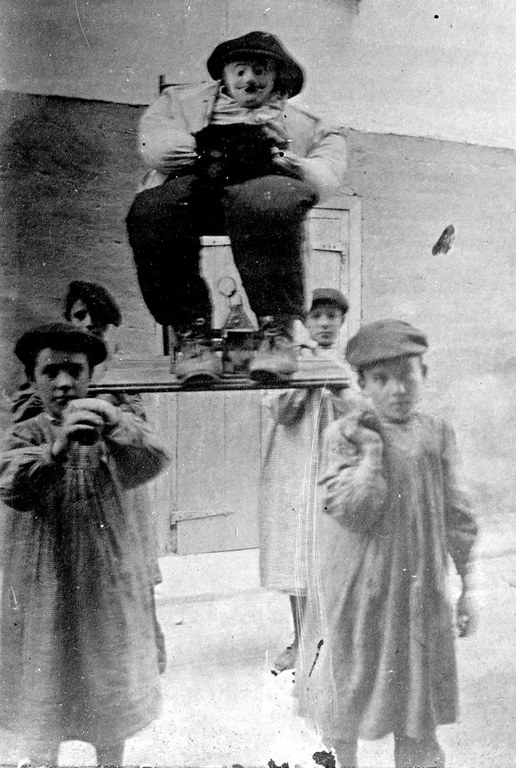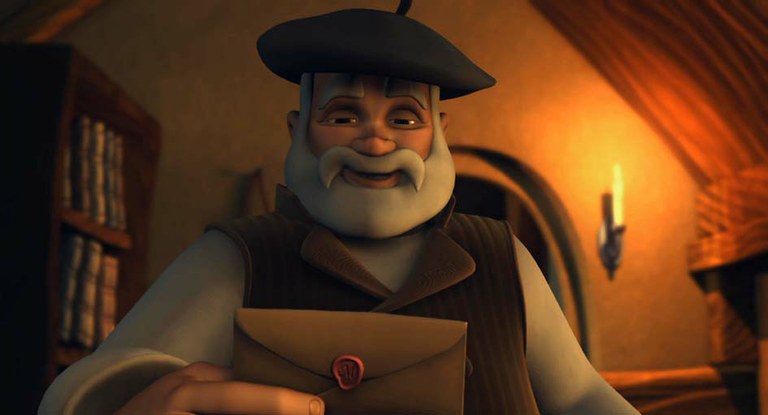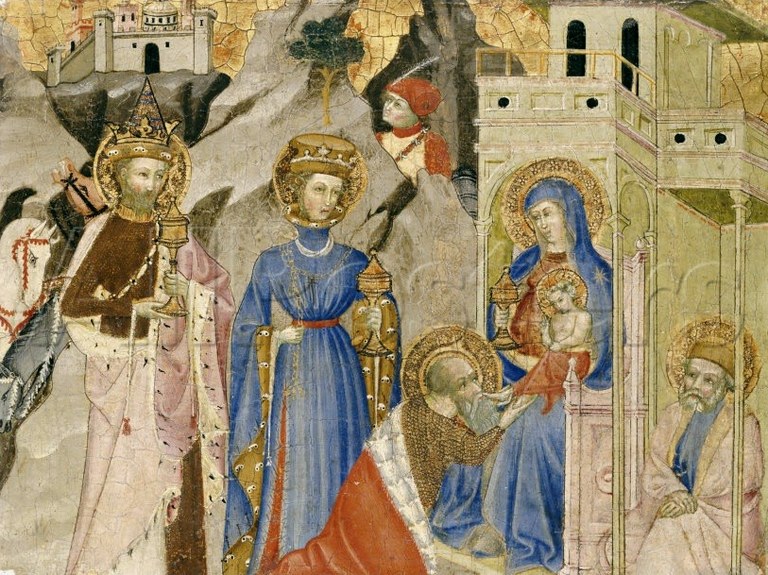
- Oier Araolaza has been interviewed about Olentzero and Christmas for Kotarro de Tierra Estella magazine.

What led him to reflect on the main symbols of Christmas?
I'm a ballerina, a Basque dancer, and I try to get to know our parties, our traditions and our rituals to know what we dance. On the other hand, I was struck by the changes that have taken place in recent decades around parties and traditions, and I was more curious to learn more about the previous symbols.
What do you think are the main conclusions of the reflection?
That parties and traditions are constantly changing, but that many times we citizens lose control of the direction of these changes and that, by ignorance or neglect, we accept and accept the changes that respond to economic interests.

Could you explain the historical evolution of some elements of the Christmas celebration in the Basque Country? For example, by the influence of Christianity, the influence of consumerism on capitalism...
The most striking thing at the moment is the evolution of the Olentzero. The Olentzero or Olentzero was a beautiful trunk that was brought from the mountain for the hogueras of houses and farmhouses to celebrate Christmas. This trunk has become a rachitic doll and a terrible creature in which the Basques have collaborated to sing and begging, in the thanksgiving rounds and on the usual lines of the winter parties. Over the past few decades, this dreaded, savage and bestial Olentzero has completely transformed, and has become a commercial product designed for the youngest and, above all, for consumption.

What is the relationship between the symbols, messages and initiatives we use in the different celebrations related to tradition and the ways of thinking that are hegemonic in society? As for the gender oppression women suffer in society, Olentzero, Santa Claus, the Kings... it won't be a coincidence that they are men, right?
If we take into account that Olentzero is a doll born from a trunk, that trunk and that wrist do not always have to be men or have a certain sex category. Although Olentzero's men have been common in the last 40 years, this was not always the case, since Olentzero was a female Olentzero and, above all, Olentzero Queer, and in general, without a specific gender mark or with various gender brands, that is, multiple, were common.
As for the kings, in the fourteenth and fifteenth centuries it was normal to represent one of the three kings as a woman. Therefore, the appearance of the three as men was something that happened later, and although today it is rare and unknown, in the painting of the major museums in Europe you can see women as wise kings.

Do you think that the symbols, messages and initiatives we use in these celebrations should be a reflection of society or a tool to influence society?
They have to be instruments of social impact because if we do not use them, they will use others, but not in the right direction for us, but in the interests of other interests.
What do you think are the keys to properly maintaining the habits related to the celebration that our people have?
Knowing the original meaning and time of the festivities in their evolution helps to regain control of the celebrations and encourage them in the direction we consider most appropriate. Ignorance and disillusionment lead us to lose control of our festivities and traditions, and condemn us to see how our festivities were used for other interests.